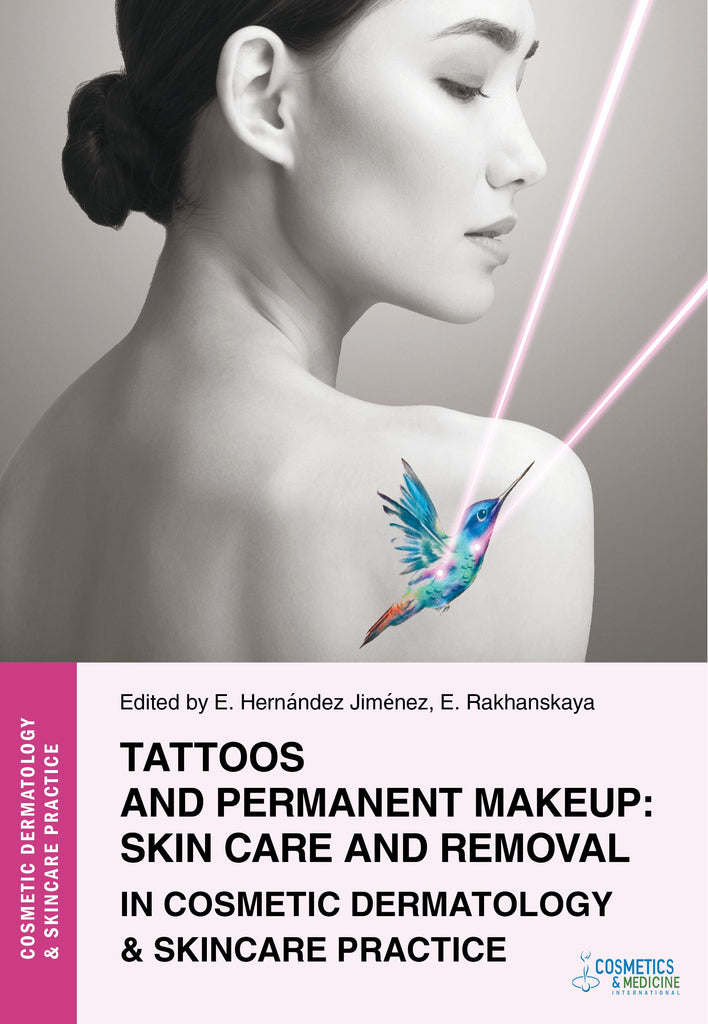TATTOOS AND PERMANENT MAKEUP: SKIN CARE AND REMOVAL IN COSMETIC DERMATOLOGY & SKINCARE PRACTICE
Book series COSMETIC DERMATOLOGY & SKINCARE PRACTICE
- Publisher: Cosmetics & Medicine Publishing
- Format: eBook
- Pages: 112
- Language: Russian
- Publication date: October 1, 2021
- Product dimensions (WxHxD), cm: 17.0 x 24.0 x 1.0
- ISBN/ISSN:
Over the past 20 years, tattoos have become one of the most fashionable “skin accessories” — according to various data, about 10–20% of people in developed countries have them. This means that any skincare and aesthetic specialist will encounter such patients. Though by no means always will the inquiries relate directly to tattoos, understanding the physiological aspects of pigment introduction and its influence on skin health, and consequently the possibility of recommending optimum skin care for this skin area, is the duty of any self-respecting professional. All the more so for the specialist performing tattoos and permanent makeup removal, this knowledge is the basis for effective and safe results.
The book describes the peculiarities of skin structure, types of pigments, subtleties of applying various types of tattoos, and their interaction with the skin. Procedures are described in detail, including anesthesia and post-treatment care. Medical complications of tattoos and ways to reduce their risk are also covered.
A separate part is devoted to tattoo and permanent makeup removal methods; issues dealt with directly by cosmetic dermatologists. It describes mechanical, chemical, and laser methods — the “gold standard” of tattoo removal. How do lasers remove tattoos and permanent makeup pigments? What parameters influence their optimal work? What limits and complicates removal, and how to increase the efficiency of the procedures? This and much more you learn in our book.




